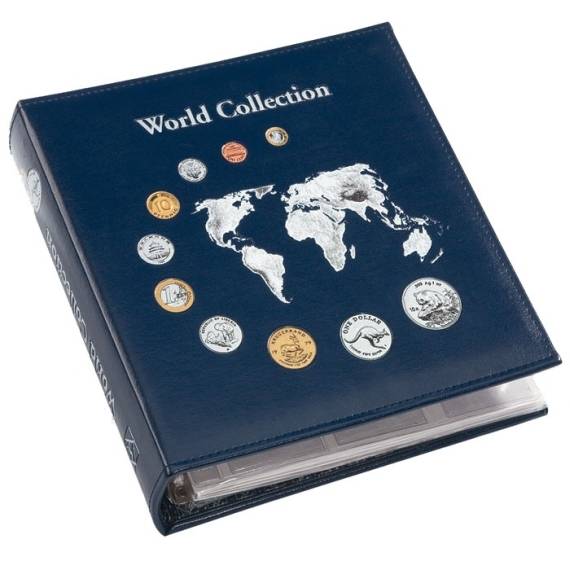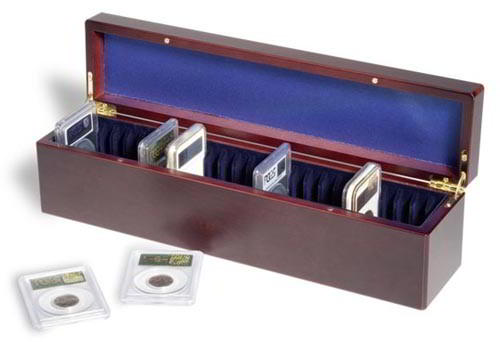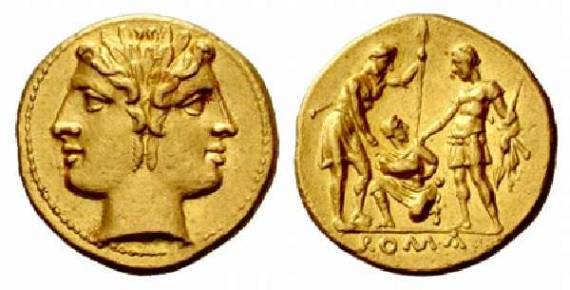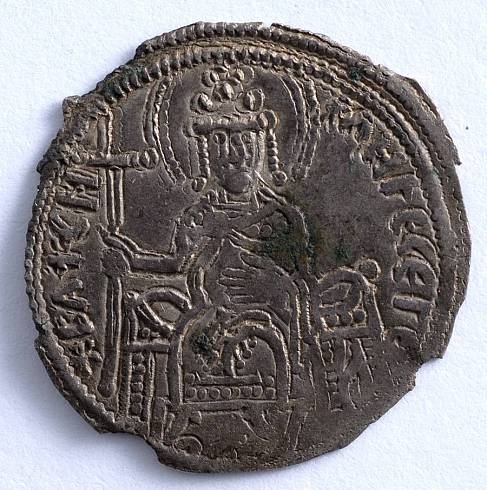First counterfeiters
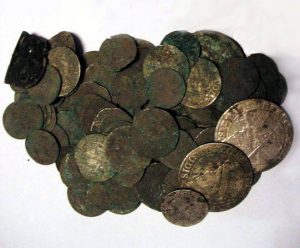 Since the very first metallic banknotes were born, the counterfeiters began their activities. They used every opportunity to seize the stamp. In this regard, the minters working on the mints, after the required number of coins were made, destroyed their stamps, and the secret of their production was considered not only his own, but also a state secret.
Since the very first metallic banknotes were born, the counterfeiters began their activities. They used every opportunity to seize the stamp. In this regard, the minters working on the mints, after the required number of coins were made, destroyed their stamps, and the secret of their production was considered not only his own, but also a state secret.
For counterfeiters, the very process of forging money was not a big deal. The first and most important thing that they had to do was to get the original stamps by any illegal means. If there was no such possibility, then the stamp was made by them independently by painstaking work. After the main tool was in their hands, it was necessary to choose a reliable secret place, if possible away from the city center. This is due to the fact that it was much safer to make fake coins with subsequent sale in a small town or village, where coins were often in small quantities, and rarely did anyone pay attention to their quality. At the same time, a concept well known in modern times, such as money laundering, emerged. This meant that the forged coins were exchanged for smaller, but already quite official ones, which it was impossible to find fault with, in view of their true authenticity.
The thirst for easy money forced counterfeiters to engage in this enterprising business, despite the fact that the state threatened with various punishments, up to the death penalty. It is worth noting that the chosen punishment was carried out without trial, that is, as soon as the person came across with fake coins, the sentence was carried out. Often he relied on the status of a counterfeiter. This means that if the person involved in forging money was from a noble family or his family was quite famous, then a reference to hard labor or a person was expelled from the country; if he was a poor man or a slave, he was executed by chopping off his head or crucified on a cross.
A rather interesting fact is that the famous philosopher Diogenes, the very same Diogenes, who lived in a barrel and “searched for people” in broad daylight with a lamp in his hand, was a counterfeiter in his youth. More precisely, his father was a counterfeiter, well, as was customary, the son helped his father, because the apple is not far from the apple tree. At the beginning, the ancient Greek philosopher did not agree to become a fraud, but, having received instructions from the Oracle, and wrongly apprehended him, he accepted this position. Both criminals were exposed, the father was sent to prison, and his son in exile.
In addition to the existence of such harsh punishments, the state had another rather interesting way of dealing with various kinds of counterfeiters. It consisted in the constant complication of the drawings and other images on the coins; double-sided coins became widespread, which made their counterfeiting much more difficult.
Over time, the coins became more complicated, but the counterfeiters, too, were eager to improve the quality of the fake, despite the fact that it could deprive them of their lives.
